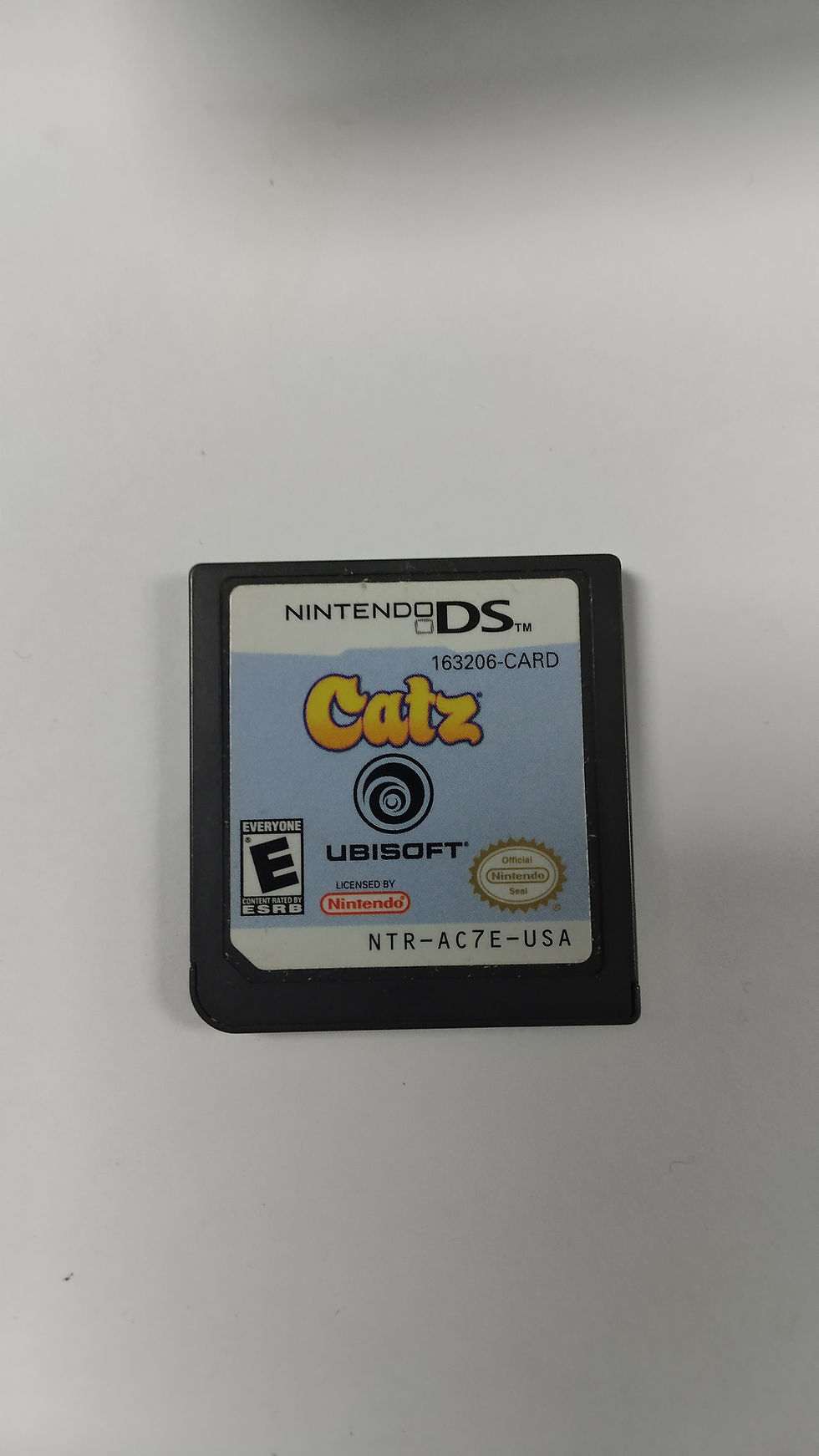Rainbow Six is a tactical shooter, in which characters are affected by realistic factors and can be killed with a single bullet; therefore, wise tactics and planning are encouraged to complete missions over sheer force and firepower.[6][7][8]
The game follows a campaign of several missions, with the plot being advanced in the mission briefing of each.[2] Missions in each version differ: the PC and Game Boy Color versions have 16 missions,[6][9] the Nintendo 64 port has 12 missions,[10] the PlayStation port has 14 missions and the Dreamcast port has 21 missions.[11] Objectives in missions include defeating enemies, rescuing hostages, defusing bombs, gathering intelligence, and planting surveillance devices. Players are encouraged to find their own ways to complete objectives using a variety of tactics and methods, ranging from stealthy infiltration to a frontal assault (except in missions where stealth is mandatory).[6] Successful missions often last just minutes, but may require dozens of repetitions and planning changes to account for failures, new plans, or simply faster or cleaner completion.[7]
Before each mission is a planning stage, in which the player is briefed on the situation, chooses the Rainbow operatives to be involved in the mission, organizes them into color-coded teams, and selects their weapons, equipment, and uniforms.[6][8][12] Operatives are categorized into five classes based on their skill specializations: Assault, Demolitions, Electronics, Recon, and Sniper. The vast majority of operatives are named characters with their own backstories and skillsets, but generic "reserves" are also available for each class should players wish to avoid risking named operatives, although they have greatly reduced skills. In the planning stage, the player is shown a map of the area of operations to set team orders, such as AI pathing, team "go" codes to hold until ordered, where AI operatives will deploy equipment such as flashbangs or door breaching charges, and rules of engagement; alternatively, the player can skip this by choosing to follow a preset plan instead.[6][7][13]
During gameplay, the player directly controls a team leader, and can use their weapons and equipment, manually lead their team, and see stats for the controlled operative and their team on the HUD. The player can take control of any alive team leader at will. Operatives and teams not under player control follow the orders given to them in the planning stage.[7][14] Injured or fatigued operatives require time off after a mission to recover (they can still be used, just with lower health or reduced skills), while deceased operatives are permanently lost and cannot be used for the rest of the campaign playthrough, forcing players to plan carefully to avoid casualties.[12]
Online multiplayer for the PC version was available on the MPlayer.com and Zone.com services. Multiplayer modes include cooperative modes, deathmatch, and team deathmatch, among others.[6][7] Most other console ports lack multiplayer, though the Nintendo 64 port includes a two-player split-screen cooperative mode.[15]
Most versions of Rainbow Six have considerable differences. The PlayStation port was developed by Rebellion and features visible weapons in first person, entirely new mission layouts, and a smaller team size (4, opposed to 8 in other versions).[2] The Nintendo 64 port has a simpler HUD design and completely reorganized missions, including some from Eagle Watch.[15] The Game Boy Color port is the most notable example, having radically different gameplay and presentation due to the platform's technical limitations: gameplay is slowed and simplified, crossfire is removed, and the 3D graphics from other releases are replaced by a 2.5D top-down perspective.[9]
top of page
$11.99Price
Out of Stock
Related Items
bottom of page

















